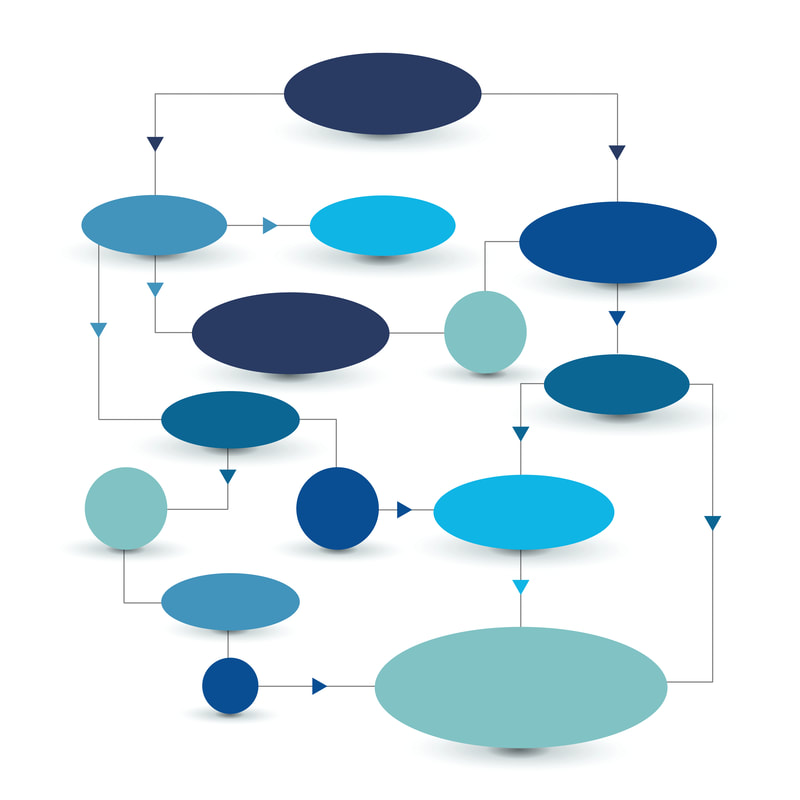|
If you don’t know how to start writing your research paper, you are not alone. According to the Berkeley Student learning Center Before You Start Writing That Paper guide, “all writers face the dilemma of looking at a blank computer screen….” Staring at a blank page can be daunting even when all the data is analyzed and the outcomes of the research are known. Google search “writers’ block” or “start writing”, and you’ll find thousands and thousands of hits about cures and strategies to overcome this common challenge.
So, what is the answer to writers’ block in STEM writing? Storyboards! Here, I describe how to use graphics (figures, tables, schemes) to storyboard for your research paper. What are storyboards?
As defined by the Nashville Film Institute, storyboards are graphical representations of a story’s step-by-step progress. Storyboards have been in use since the 1930s in the film industry. As described, storyboards help
Storyboarding for STEM research is not new. Check out this YouTube video on three different text methods to storyboard for science writing from the University of Guelph’s Writing in the Sciences (WITS) project. According to WITS, science writing storyboards are specifically used to
Identify the scenes.
When I was in graduate school and about to write my first paper, my research advisor gave me this advice, “Make the graphics first.”
If you haven’t already done so, you need to compile and analyze the data from your research. Overall, graphics should be concise, meaningful, and easy for your audience to understand. Graphics include
Generating the graphics doesn’t have to be a formidable challenge, it may be straightforward or even fun. Because my project was a synthesis, my schemes depicted the path from starting materials to products, with intermediates along the way. But for other papers, I needed to analyze data and use charts and graphs to understand the information and present it well. Identify the message.
While you make the graphics, mentally describe them—or take notes. This step is like making an outline: the graphic is the heading and each heading should have multiple points of discussion. By the time you finish the graphics, you should be able to communicate the type of data presented by the figure, how the data was collected, how the data could be interpreted, and how it is relevant to the main research claim. This is the message (points) of the storyboard (outline).
Logical flow of scenes to tell the story.
After organizing the research outcomes into clear and concise graphics, the graphics must be arranged to ensure a logical flow of the information, that is, a compelling story. By arranging and rearranging the order of the graphics—before any text is written—you can determine how the graphics are related and how to transition from one graphic to the next. Take time with this step. You may discover that a graphic doesn’t contribute to the current story but should still be reported in the supplementary information. Most importantly, it should be clear if more evidence is needed to support your claim or if there is missing information that needs to be addressed.
Filling in the details and drafting the paper.
Now it’s time to fill in the details. Once the graphics are in a logical order, start writing about the graphic using the points you already compiled. What type of data was collected for the graphic and why? What does the graphic show? Does it support or reject the claim? Did the data in this graphic lead to more questions that substantiated collecting more data? And so on.
Because the order of the graphics has been extensively explored to enhance logic and flow, transitioning from one to the other should be easy. Finally, the story that has unfolded from your data-derived visuals will determine what is included in the introduction and concluding sections. Do you know someone who could benefit from this approach to research paper drafting? Share my blog on LinkedIn.
0 Comments
|
AuthorSusan is a scientist turned writing service specialist. Her interests include the clear communication of scientific research and complex subjects. Archives
June 2024
Categories
All
|




 RSS Feed
RSS Feed